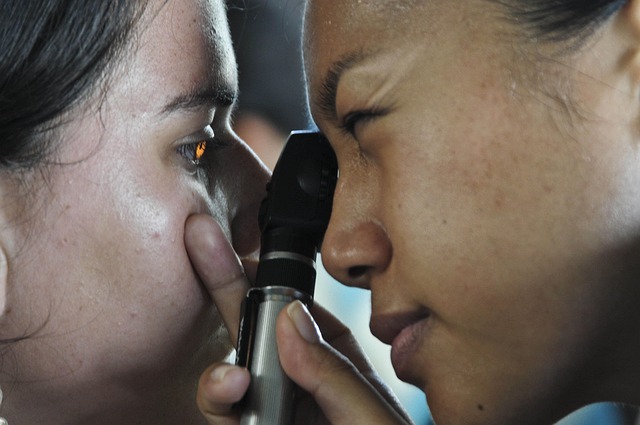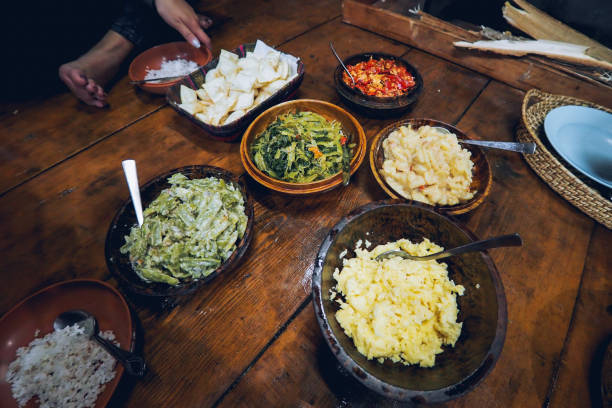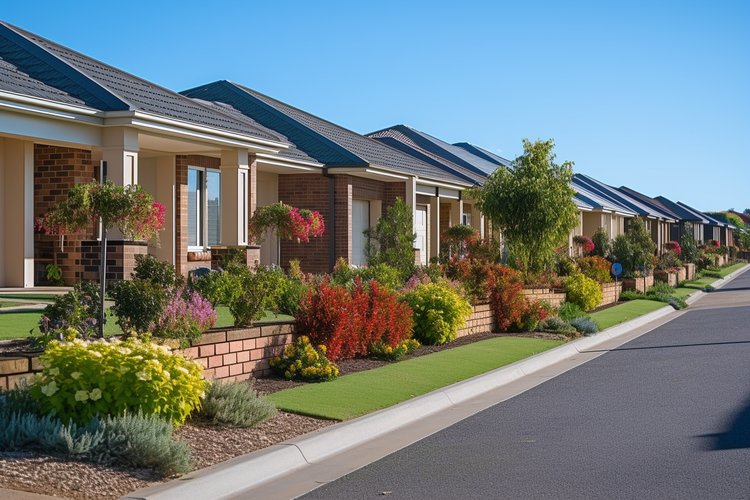Unraveling the Mysteries of Blue Zones: Lessons in Longevity and Health
Longevity has been the subject of human curiosity for centuries. The quest for the proverbial fountain of youth is as old as time itself. What if I told you that there are certain pockets in the world, known as 'Blue Zones', where people live significantly longer and healthier lives? Intriguing, isn't it? Let's dive deep into the world of Blue Zones and unveil the secrets to their extraordinary longevity.

A Journey Back in Time: The Origin of Blue Zones
The term ‘Blue Zones’ was first coined by National Geographic explorer and author, Dan Buettner. In his quest to understand longevity, Buettner collaborated with demographers and scientists to identify regions with the highest concentration of centenarians (people who live to be 100 or more). These regions, initially marked with a blue pen on the map, came to be known as Blue Zones. Today, there are five recognized Blue Zones: Okinawa, Japan; Sardinia, Italy; Nicoya, Costa Rica; Icaria, Greece; and Loma Linda, California.
Current Health Trends: A Closer Look at Blue Zone Lifestyles
Interestingly, despite the geographical and cultural differences, people in these zones share common lifestyle characteristics that contribute to their long, healthy lives. These include a plant-based diet, regular physical activity, strong social connections, and a sense of purpose. Could these factors be the secret sauce to living longer and healthier lives? Let’s examine further.
The Power of a Plant-Based Diet
Most Blue Zone residents consume a predominantly plant-based diet, rich in fruits, vegetables, whole grains, and legumes. Meat, if consumed, is typically a small portion and not a daily occurrence. Research suggests that plant-based diets are linked to lower risk of heart disease, diabetes, and certain types of cancer.
The Importance of Regular Physical Activity
Physical activity is a natural part of life in Blue Zones. However, it’s not about running marathons or hitting the gym. Instead, it’s about incorporating movement into daily routines, like walking to the market, gardening, or doing house chores.
The Role of Social Connections and Sense of Purpose
Strong social connections and a sense of purpose are two other common traits among Blue Zone inhabitants. Research shows that strong social connections can boost mental health, while having a sense of purpose can reduce stress and increase lifespan.
The Science Behind Blue Zones: Is It All Genetics?
While genetics undoubtedly plays a role in longevity, experts believe that lifestyle factors account for a significant part of the Blue Zones’ longevity puzzle. This is encouraging news, as it suggests that regardless of our genetic predisposition, adopting certain lifestyle habits can greatly enhance our chances of living longer, healthier lives.
Fascinating Facts From the Blue Zones
-
Okinawa, Japan has the highest incidence of centenarians in the world.
-
Sardinia, Italy has the highest concentration of male centenarians.
-
The Seventh-day Adventists in Loma Linda, California, live 10 years longer than the average American.
-
Icaria, Greece has the highest percentage of 90-year-olds on the planet.
-
Nicoyans in Costa Rica have the world’s lowest rates of middle-age mortality.
In conclusion, the secrets of the Blue Zones teach us that longevity is not just about our genetic make-up, but also the lifestyle choices we make. Adopting a plant-based diet, staying active, nurturing strong social connections, and having a sense of purpose could be our best bet for a long, healthy life. As we continue to learn from these longevity hotspots, one thing is clear: creating our personal ‘Blue Zone’ is undoubtedly a journey worth embarking on.






